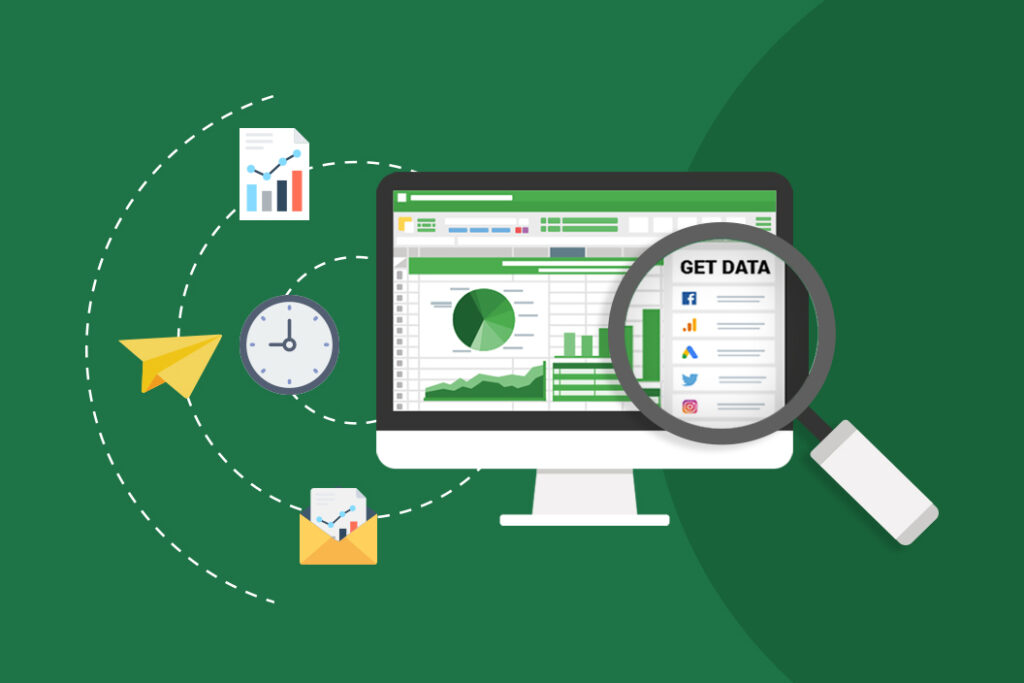Personal Career & Learning Guide for Data Analyst, Data Engineer and Data Scientist
Excel is a powerful tool for data analysis, allowing you to organize and analyze large amounts of data with ease. One common task for data analysts is counting the number of dates within a specific year. This can be done using a simple formula in Excel, which can help you quickly and accurately determine the number of dates that fall within a specific year.
First, you’ll need to create a column in your Excel sheet that contains the dates you want to count. This can be done by manually entering the dates into the cells or by using a date formula in Excel.
Once you have your column of dates, you can use a formula to count the number of dates within a specific year. The formula you’ll use is the “COUNTIF” function, which allows you to count the number of cells that meet a specific criteria.
To use the COUNTIF function, you’ll need to specify two things: the range of cells you want to count, and the criteria for counting those cells. In this case, the range of cells you want to count will be the column of dates, and the criteria will be the year you want to count.
To specify the criteria, you’ll use the “YEAR” function in Excel, which allows you to extract the year from a date. So, if you want to count the number of dates in the year 2022, your criteria would be “=YEAR(date)=2022”.
Finally, you’ll combine the COUNTIF function and the YEAR function by entering the following formula into a cell: “=COUNTIF(range, criteria)”. Replace “range” with the range of cells you want to count (e.g., A1:A100), and replace “criteria” with the year you want to count (e.g., =YEAR(date)=2022).
When you press enter, Excel will calculate the number of dates within the specified year and return the result. This is a quick and easy way to count the number of dates within a specific year, and can be a valuable tool for data analysts looking to analyze their data and make informed decisions.
In conclusion, counting the number of dates within a specific year in Excel is a simple process that can be done using the COUNTIF function and the YEAR function. Whether you’re a seasoned data analyst or just starting out, this technique can help you efficiently and accurately analyze your data and make informed decisions based on that analysis.
Excel Example for Data Analyst – Count dates in given year
 Loading...
Loading...
Latest end-to-end Learn by Coding Projects (Jupyter Notebooks) in Python and R:
All Notebooks in One Bundle: Data Science Recipes and Examples in Python & R.
End-to-End Python Machine Learning Recipes & Examples.
End-to-End R Machine Learning Recipes & Examples.
Applied Statistics with R for Beginners and Business Professionals
Data Science and Machine Learning Projects in Python: Tabular Data Analytics
Data Science and Machine Learning Projects in R: Tabular Data Analytics
Python Machine Learning & Data Science Recipes: Learn by Coding
R Machine Learning & Data Science Recipes: Learn by Coding
Comparing Different Machine Learning Algorithms in Python for Classification (FREE)
There are 2000+ End-to-End Python & R Notebooks are available to build Professional Portfolio as a Data Scientist and/or Machine Learning Specialist. All Notebooks are only $29.95. We would like to request you to have a look at the website for FREE the end-to-end notebooks, and then decide whether you would like to purchase or not.
